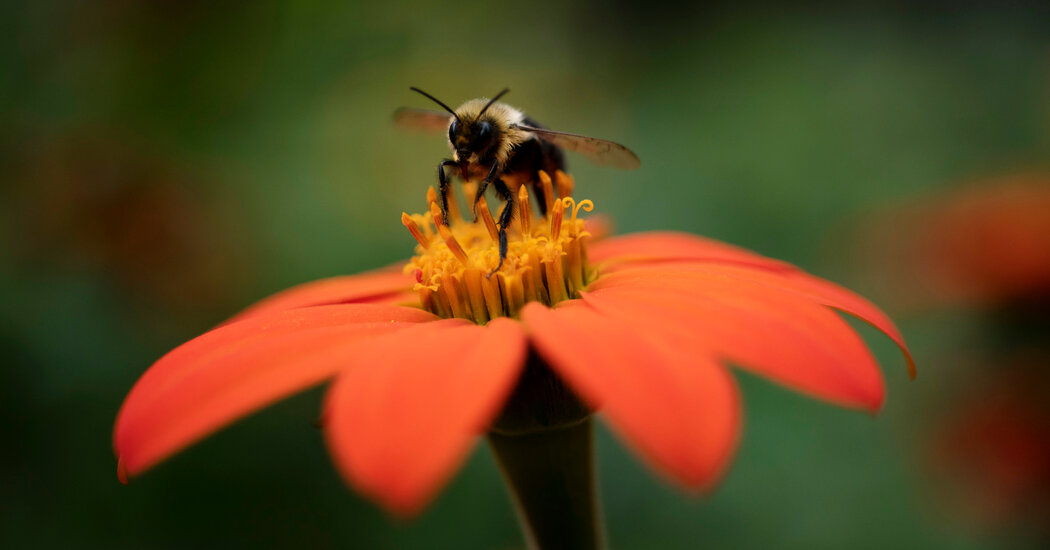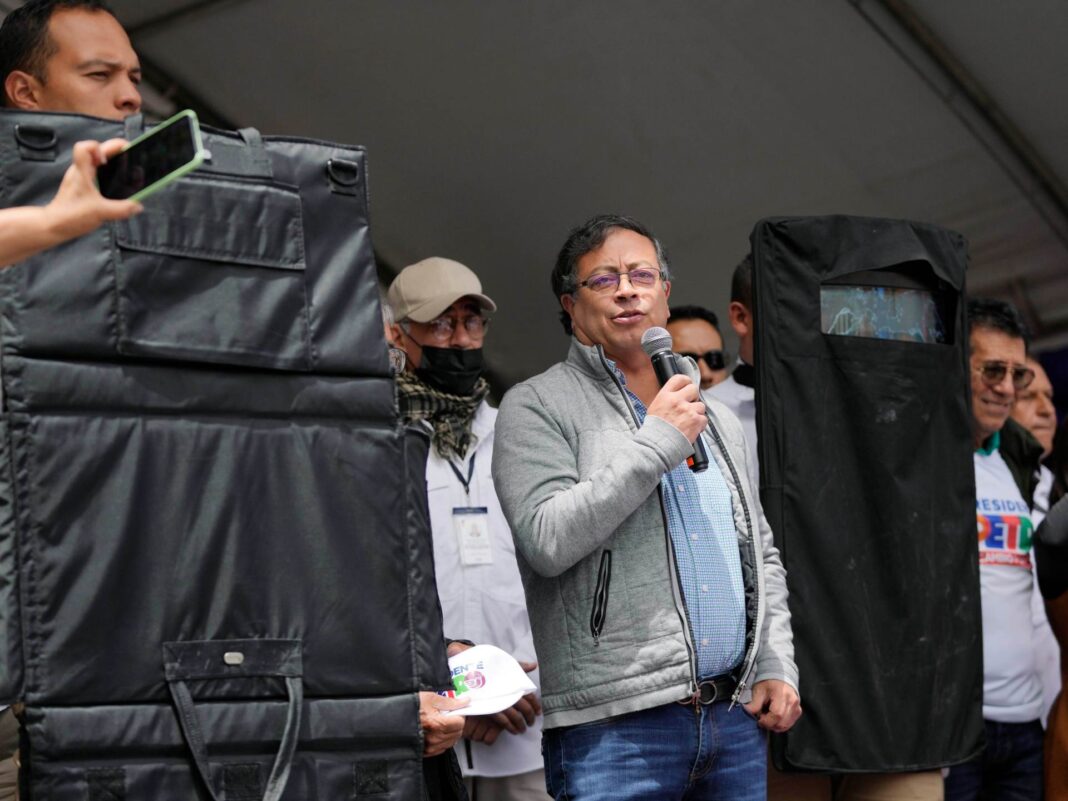The draft was almost ready for submission, due in less than a month. More than 150 scientists and other experts had collectively spent thousands of hours working on the report, a first-of-its-kind assessment of nature across the United States.
But President Trump ended the effort, started under the Biden administration, by executive order. So, on Jan. 30, the project’s director, an environmental scientist named Phil Levin, sent an email telling members of his team that their work had been discontinued.
But it wasn’t the only email he sent that day.
“This work is too important to die,” Dr. Levin wrote in a separate email to the reports’ authors, this one from his personal account. “The country needs what we are producing.”
Now key experts who worked on the report, called the National Nature Assessment, are figuring out how to finish and publish it outside the government, according to interviews with nine of the leading authors.
“There’s an amazingly unanimous broad consensus that we ought to carry on with the work,” said Howard Frumkin, a professor emeritus of environmental science at the University of Washington School of Public Health who was leading a chapter on nature’s effects on human health and well-being.
The study was intended to measure how the nation’s lands, water and wildlife are faring, how they are expected to change, and what that means for people.
Most of the 12 chapters were written by teams of a dozen or so specialists. While some were federal employees, a vast majority of the authors came from outside government — academia, nonprofit groups and the private sector — and they were already volunteering their time. Most or all the teams were expecting to continue their work, the authors said.
The first completed draft had been due Feb. 11. When the researchers were told the project had been canceled, some had almost finished their chapters and were simply polishing. Others had been racing against the deadline.
Rajat Panwar, a professor of responsible and sustainable business at Oregon State University who was leading the chapter on nature and the economy, was preparing slides to present his section when he got the news. He said the team he recruited saw, and still sees, the work as a calling to help solve one of its generation’s most pressing problems, the loss of nature and biodiversity.
“The dependence of the economy on nature,” a theme explored in his group’s 6,000-word chapter, “is understated and understudied and underappreciated,” Dr. Panwar said.
But the effort to publish outside the government raised major questions that are under discussion. What is the best way to publish? How will the authors ensure rigor and peer-review? Who is their target audience? Since federal employees will not be able to continue, who will pay for certain critical coordinating roles? Who will provide the oversight that came from a federal steering committee?
And perhaps the trickiest question: How can the report maintain the stature and the influence of a government assessment now that it won’t be released by the government?
“We just want to make sure that whatever product is produced really has the potential to move the needle on the conversations, all the way from the dinner table in individual families to the halls of Congress,” said Chris Field, director of the Woods Institute for the Environment at Stanford University, who was leading the chapter on nature and climate change.
Legal issues related to ownership of the work should not be a problem, said Peter Lee, a professor of law at the University of California, Davis, who specializes in intellectual property law and was not involved in the effort.
“As a general rule, government works are not subject to copyright,” Mr. Lee said.
The draft was developed under the auspices of the U.S. Global Change Research Program, the same federal group that oversees national climate assessments. But while those reports are mandated by Congress, the nature assessment received authority through an executive order issued by President Biden.
That left the project more vulnerable. It became one of a slew of Biden-era environmental orders that Mr. Trump revoked on his first day in office. Mr. Trump has also frozen climate spending, begun withdrawing the United States from the main global pact to tackle climate change and launched an assault on wind energy while seeking to expand fossil fuels.
By the end of January, the federal web page for the National Nature Assessment had been taken down.
“Nature supports our economy, our health and well-being, national security and safety from fire and floods,” said Dr. Levin, the former director of the report. “The loss of the National Nature Assessment means that we’re losing important information that we need to ensure that nature and people thrive.”
Dr. Levin declined to comment on the report’s future.
The Trump administration did not address questions about why it canceled the effort. But Anna Kelly, a spokeswoman for the White House, said Mr. Trump would “unleash America’s energy potential” and “simultaneously ensure that our nation’s land and water can be enjoyed for generations to come.”
Christopher Schell, an assistant professor of ecology at the University of California, Berkeley, and the lead author of a chapter called “Nature and Equity in the U.S.,” said he believed that a focus on environmental justice made the assessment more of a target for the Trump administration, which has attacked diversity, equity and inclusion programs and placed workers from the Environmental Protection Agency’s Office of Environmental Justice on leave.
Biodiversity, the variety of life on Earth, is declining faster than at any time in human history, according to a landmark global scientific assessment. The National Nature Assessment was intended to provide a much more robust picture of the state of play for the United States, the authors said.
Danielle Ignace, an associate professor in the department of forest resources at the University of Minnesota and the lead author of a chapter on the drivers of change in nature, said her team felt the importance of the work more strongly than ever.
“It’s a calling to this cause to see this through,” Dr. Ignace said. “We’re not going to stop.”


